For audio enthusiasts and hobbyists, building your own amplifier from scratch can be incredibly rewarding. It provides an opportunity to learn about audio electronics and customize your amplifier to suit your specific listening preferences. Crafting your own audio gear also allows for a deep connection to the music you love. In this guide, we will walk through the essential steps, components, and considerations to successfully create your DIY amplifier. By the end of this journey, you will not only have a functional piece of audio equipment but also a valuable skill set that can open up more creative projects in the realm of audio.
Understanding the Basics of Amplifiers
What is an Amplifier?
An amplifier is a device that increases the amplitude of audio signals, allowing you to drive speakers at higher volumes without distortion. Amplifiers bridge the gap between low-level audio sources, such as microphones and instruments, and the high-powered output required for listening through speakers. In essence, this means taking weak audio signals from devices like a smartphone, a guitar, or a microphone and amplifying them so they can be heard clearly through speakers. It’s fascinating to realize that this simple device plays such a crucial role in music reproduction, from home theater systems to professional audio setups.
Types of Amplifiers
There are several types of amplifiers, including Class A, Class B, Class AB, and Class D. Each class has unique characteristics, influencing sound quality, power efficiency, and design complexity. Class A amplifiers, for instance, are known for their superior sound quality because they operate in a linear fashion but are less efficient, generating more heat. In contrast, Class D amplifiers are compact and highly efficient, making them ideal for portable applications but might sacrifice sound quality at the extremes. Knowing these differences will provide a solid foundation as you begin your journey into building your own amplifier.
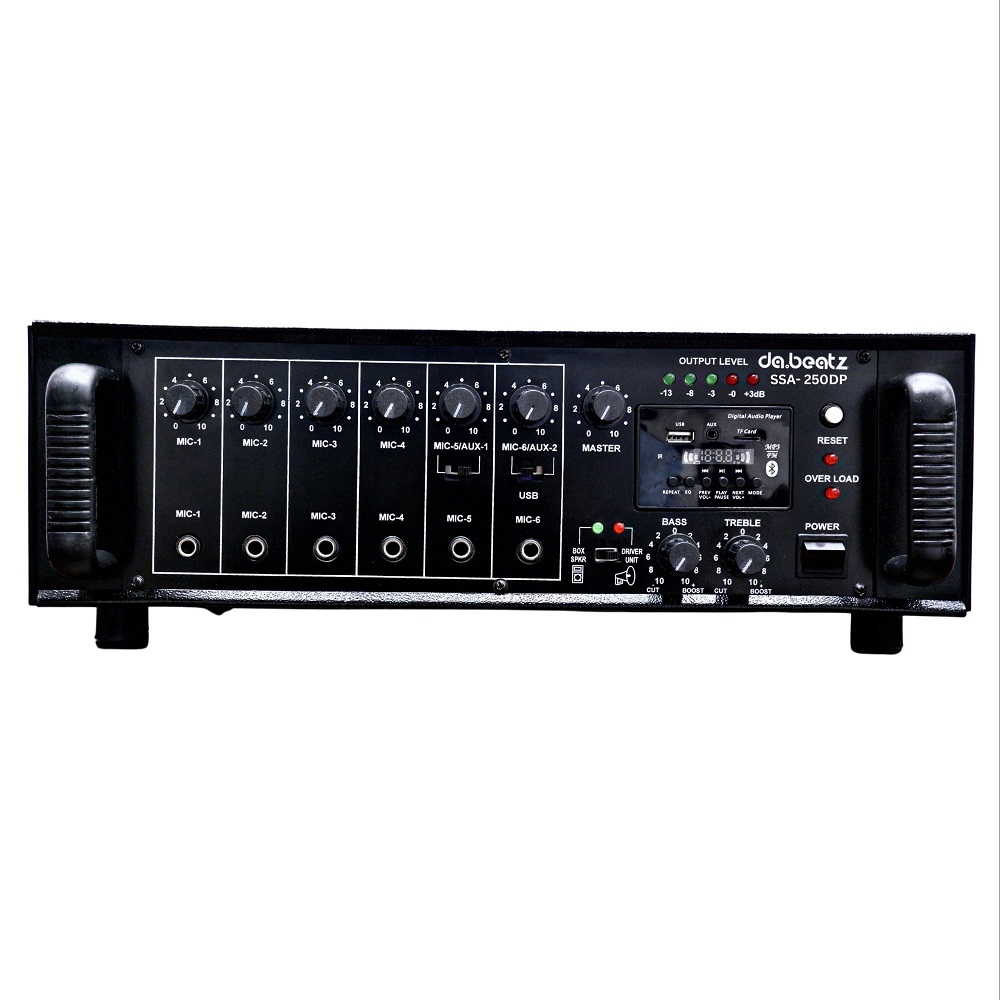
Essential Tools and Parts
Tools Required for Building
Before starting your project, gather the necessary tools that will simplify the assembly process. You will need a soldering iron for securing connections, solder for joining electrical parts, wire cutters to trim leads, and a multimeter for testing the integrity of your circuit. Additionally, a small screwdriver set will help with assembling components and installing screws in your enclosure. Some may benefit from a helping hand tool, which holds parts in place while you solder, facilitating a smoother workflow. A well-organized workbench with proper lighting can enhance your efficiency and comfort, making the build not only successful but also enjoyable.
Key Components Needed
An amplifier comprises various components, each serving a specific function. Here are some essential parts you’ll need:
- Power Supply: Necessary for providing the voltage and current that the amplifier requires to operate.
- Transistors or Op-Amps: These are the heart of the amplifier, used for actual amplification of the audio signal.
- Resistors and Capacitors: They manage voltage and current, shaping sound characteristics and filtering signals.
- Heatsink: Used to prevent overheating by dissipating heat produced during operation, crucial for the longevity of your amplifier.
- Circuit Board or Breadboard: A surface for arranging and connecting components, critical for maintaining organization.
- Input/Output Connectors: For connecting your amplifier to audio sources (like a phone or guitar) and to speakers, ensuring smooth operation.
Research these components thoroughly and make sure you are comfortable sourcing quality parts. Utilizing reputable suppliers ensures you get what you need without breaking the bank. Familiarizing yourself with different brands can also lead you to discover performance variations, ultimately helping you choose the best parts for your design.
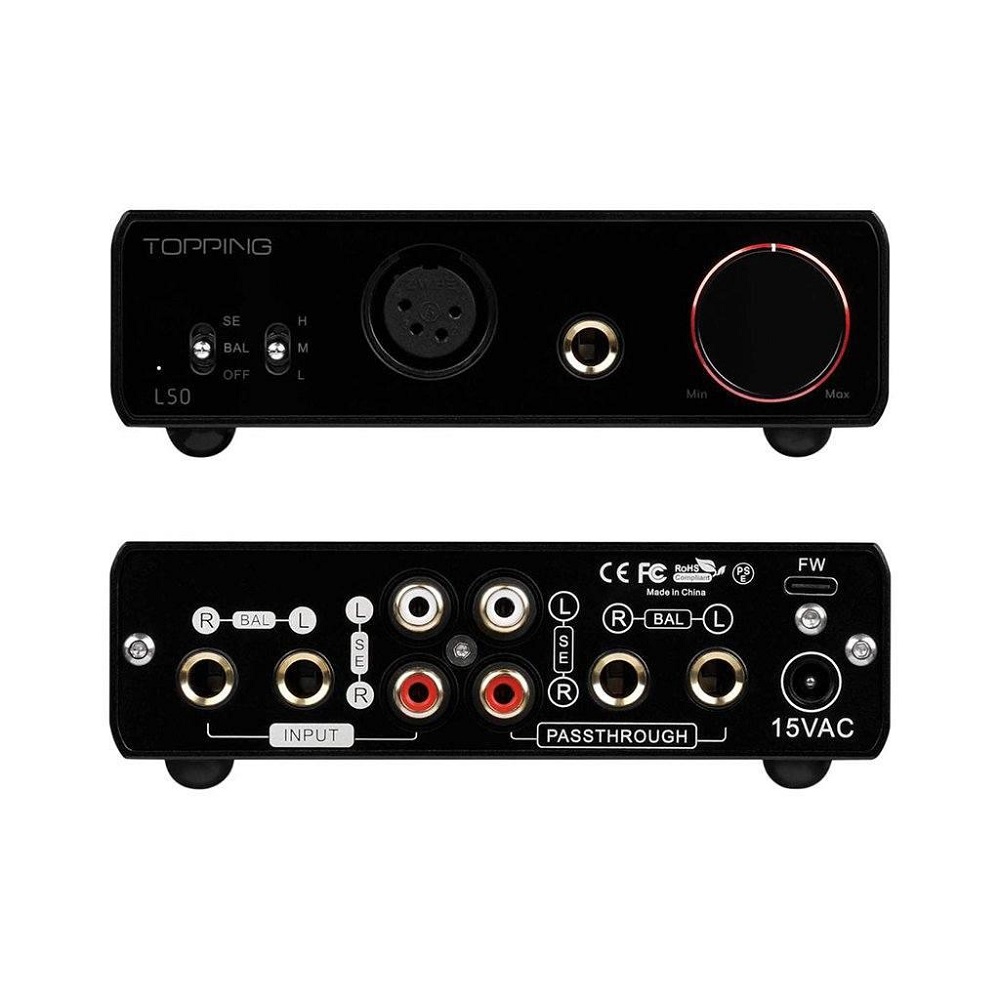
Designing Your Amplifier Circuit
Basic Circuit Schematics
Understanding basic circuit schematics is crucial for designing your amplifier. Various online resources offer schematics for different types of amplifiers depending on your skills and expectations. For beginners, a simple Class A or Class AB circuit may be a good starting point. These designs are generally straightforward, utilizing fewer components and making them easier to understand and replicate. Learning how to read and interpret these diagrams lays the groundwork for your future projects, enhancing your technical capabilities.
Circuit Considerations
Pay attention to the specifications of your chosen components, such as voltage ratings and power handling. Consider the desired power output, input impedance, and total harmonic distortion (THD) to ensure that the final design meets your expectations. Each of these factors will contribute significantly to your amplifier’s performance, influencing overall sound quality. You can also use simulation software to model your circuit and visualize how it will behave under various conditions. Such tools can help you make necessary adjustments before diving into the actual build, allowing for creative exploration as you refine your designs.
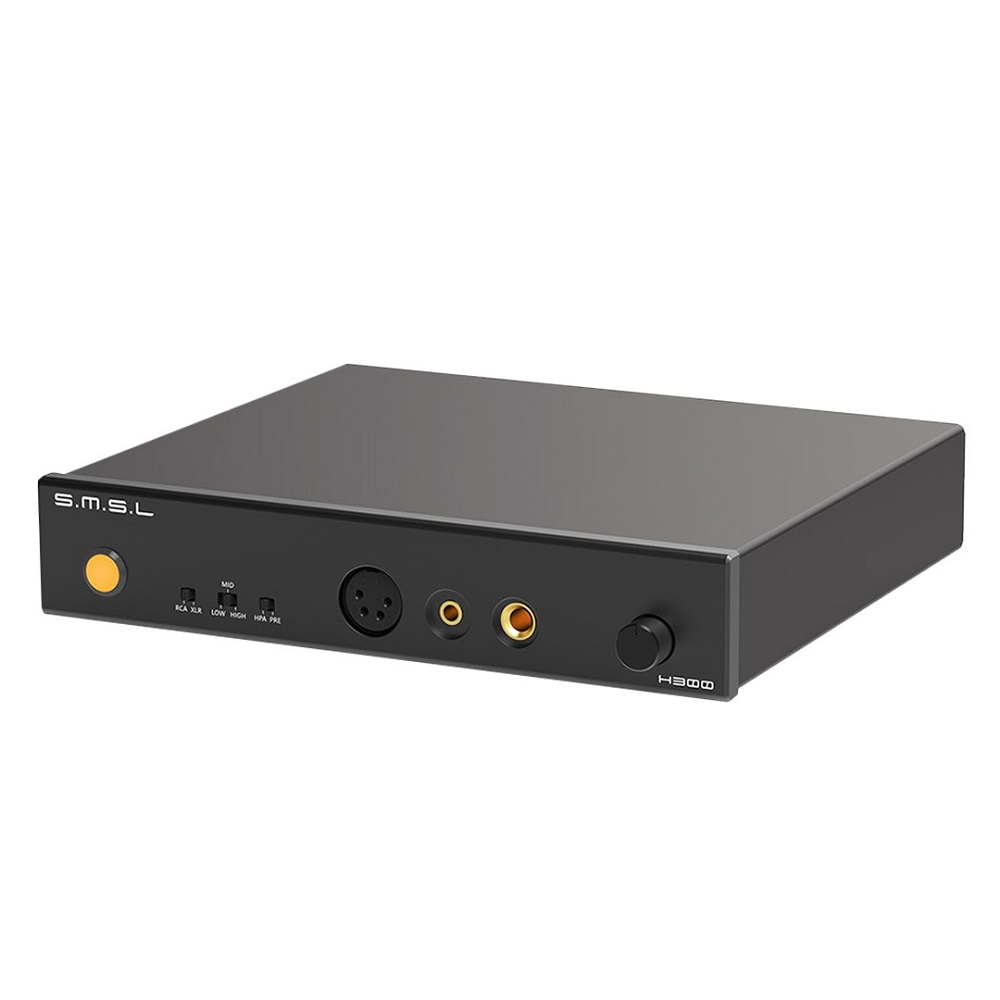
Assembly Process
Step-by-Step Assembly
Once you have your design and components ready, it’s time to assemble your amplifier. Begin by placing the components on your circuit board or breadboard according to your schematic. Pay close attention to the orientation of polarized components like electrolytic capacitors and transistors. Mistakes in component orientation can lead to circuit failure or even damage.
- Solder Components: Once you’re satisfied with the layout, begin soldering the components from the smallest to the largest. Make sure to keep your solder joints clean to ensure a solid electrical connection and avoid shorts.
- Attach the Power Supply: Carefully connect the power supply to the circuit, making sure to match the polarity. It’s always a good idea to verify the voltage with a multimeter to avoid damaging your components.
- Install Heatsink: Affix the heatsink to transistors or chips that will generate heat to ensure they operate within safe temperature limits. Proper placement and thermal paste can drastically improve efficiency and reliability.
Testing Your Connections
After assembling the circuit, perform a visual inspection of your solder joints and connections to ensure everything is in order before powering it up. Then, power up the amplifier without connecting any speakers to test the basic functionality. Use a multimeter to check voltage levels and confirm that all components are working as expected. This testing phase is crucial and can save you from potential damage or unnecessary troubleshooting down the road.
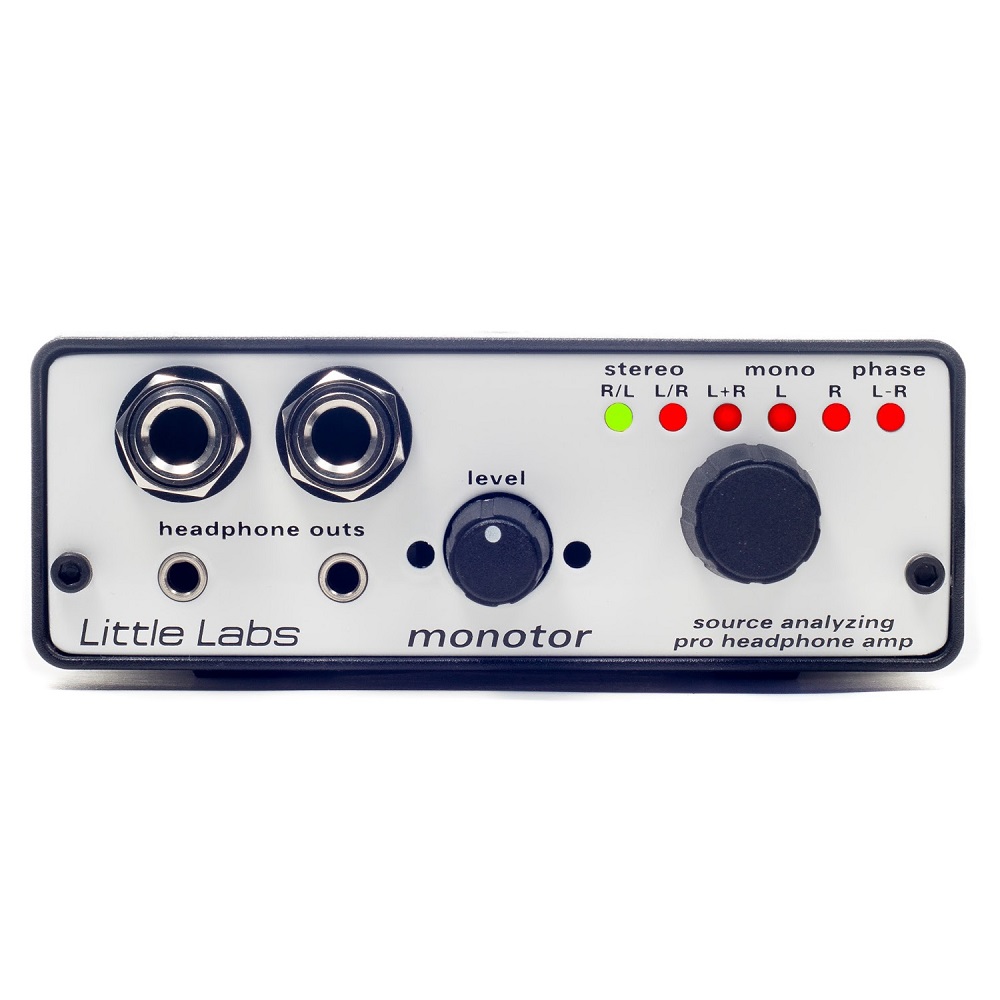
Fine-Tuning Sound Quality
Adjusting Component Values
After your amplifier is up and running, you may want to fine-tune its sound characteristics. This can involve swapping out resistors and capacitors to achieve different tonal qualities. For instance, changing the value of certain capacitors in the feedback loop can alter the frequency response of your amplifier, allowing you to customize the sound to better match your preferences. Through these adjustments, you can experiment with different musical genres, noticing how each tweak affects the overall playback.
Utilizing Equalization
If you want even more control over your sound, consider adding an equalization (EQ) circuit to your design. An EQ allows you to adjust different frequency bands, enabling you to tailor the audio output to suit your preferences even further. Integrating a graphic or parametric EQ may require additional components but can greatly enhance the versatility of your amplifier. While adding an EQ can complicate your design, the payoff in sound customization can significantly enrich your listening experience and make your amplifier more versatile. The opportunity to tinker with various EQ settings can turn listening into a personalized art.
Housing Your Amplifier
Choosing the Right Enclosure
Once the amplifier works well, think about housing it in an enclosure to protect the components from damage and to ensure safety during operation. Common materials include aluminum or steel, which provide durability and shield against electromagnetic interference (EMI). A well-designed enclosure can enhance the aesthetics of your amplifier while protecting it from dust, moisture, and accidental damage. Selecting a size that accommodates all your components while allowing room for ventilation will help prevent overheating and prolong the lifespan of your amplifier.
Designing for Aesthetics
Consider the visual aspect of your amplifier as well. Customizing the enclosure can make your DIY project stand out and reflect your personal style. You might want to include ventilation holes, LED indicators, or other design elements that enhance both functionality and appearance. While aesthetics may seem secondary to functionality, a well-crafted amplifier can be a proud addition to your home or studio, making your DIY effort feel even more rewarding. Planning the look of your amplifier helps ensure it complements your existing audio system beautifully, creating a cohesive and stylish setup.
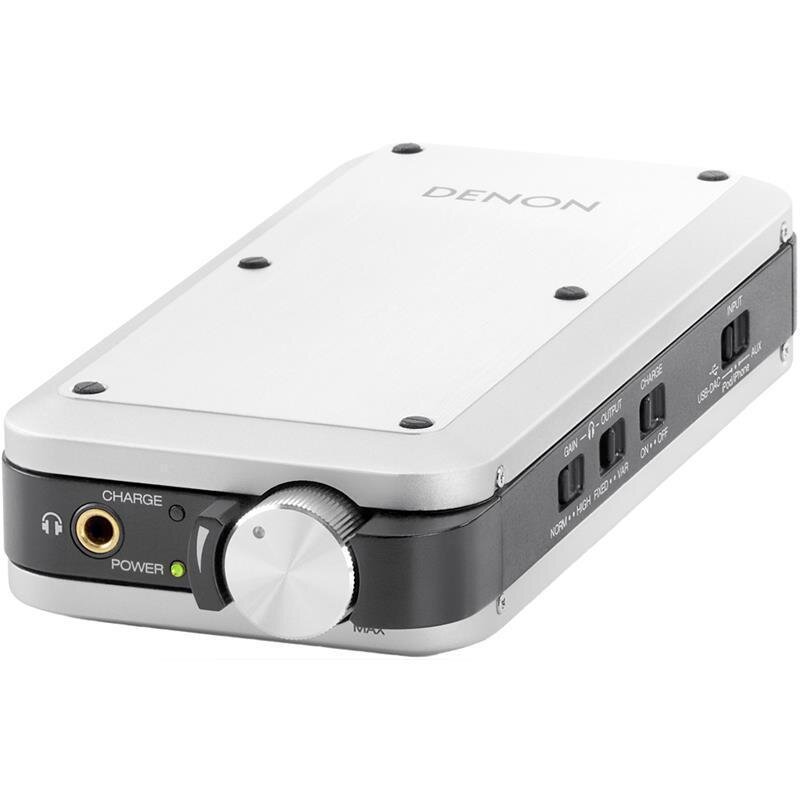
Troubleshooting Common Issues
Identifying Problems
As you enjoy your DIY amplifier, you may encounter issues such as distortion, overheating, or unexpected noise. When something seems off, it’s important to troubleshoot the problem methodically. Start by checking connections to ensure they are secure and verifying that power levels are consistent throughout the circuit. Inspect solder joints carefully for cold solder connections, which can lead to inconsistent performance. Revisiting your design and assembly steps can often illuminate the source of the trouble.
Common Fixes
If you hear distortion, consider reviewing the gain settings and tonality controls. Inspecting the layout could also reveal placement issues or interference from neighboring components. Adjust resistor values that affect gain if necessary, and remember that sometimes, a simple retightening of connections can solve issues. Overheating might suggest inadequate heatsinking or airflow within the enclosure, and it’s crucial to address the root cause to prevent damage. Always prioritize safety; if you encounter persistent issues, consult online forums or reach out to experienced builders for valuable advice. The DIY community is often exceptionally supportive, and sharing your challenges can yield solutions from people who may have faced similar problems.
The Joy of DIY Audio
Building your own amplifier from scratch can be a highly fulfilling journey into the world of audio electronics. You gain knowledge about how amplifiers work as well as an understanding of the intricacies that affect sound quality. This process also offers a hands-on approach to learning about component compatibility, circuit design, and sound manipulation. Not only will you end up with a functional piece of audio equipment tailored to your preferences but also a valuable skill set that can open up more creative projects in the realm of audio.
Embrace the challenges and celebrate the triumphs along the way. Each step, from designing to troubleshooting, is a building block in your understanding of audio technology. As you immerse yourself in the process, you might discover a newfound appreciation for the music you love. The pride of crafting an audio amplifier tailored to your needs will enhance your listening experience in ways you never imagined. So roll up your sleeves, gather those tools, and enjoy the rewarding journey of DIY audio! The satisfaction of hearing your favorite music come to life through a system you built yourself is a masterpiece worth pursuing.
